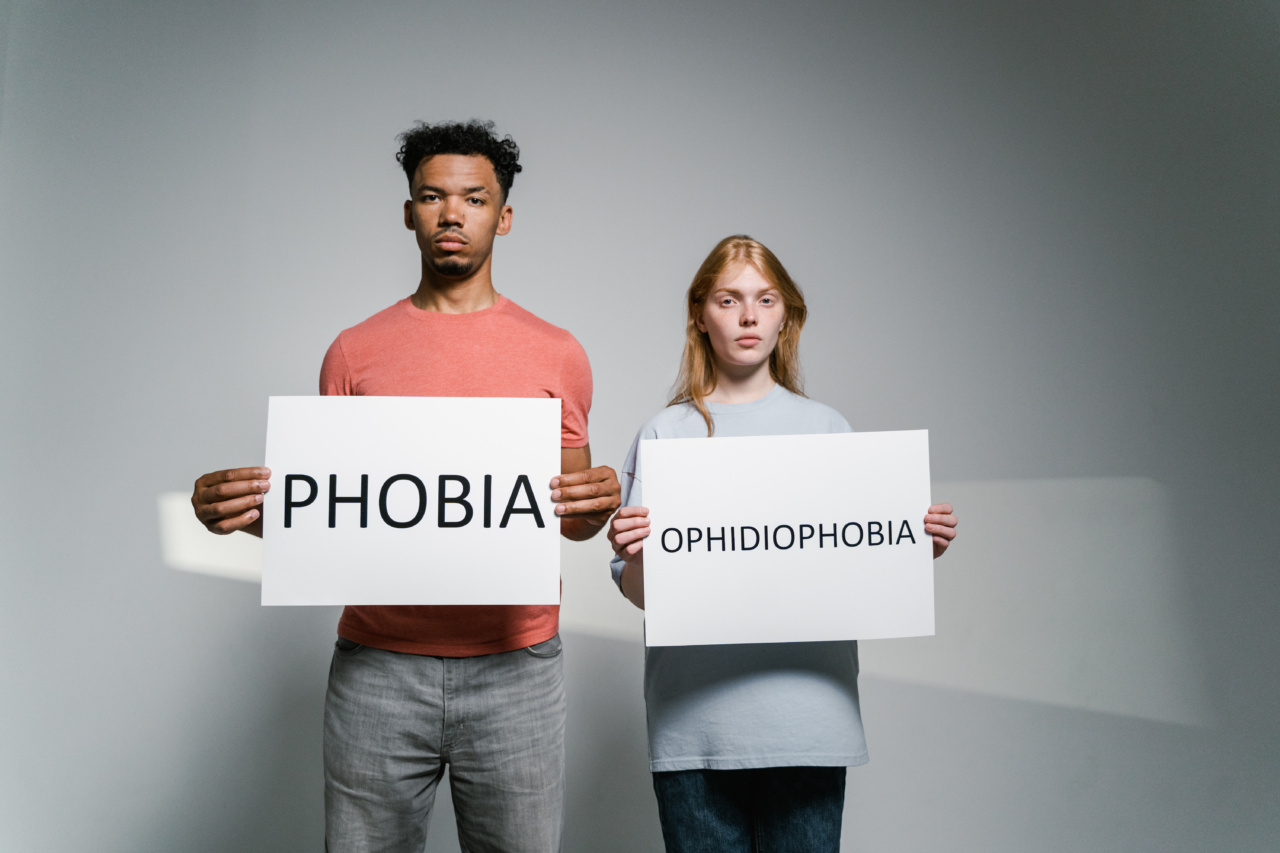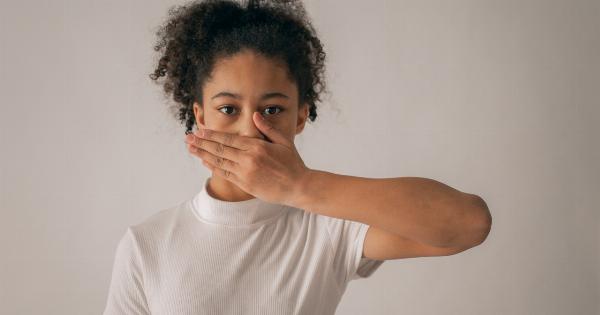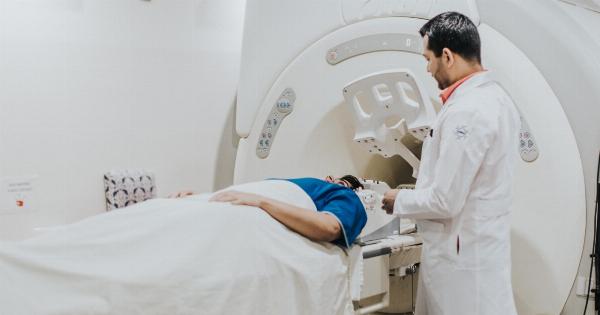Anxiety disorders are a common mental health condition that affects millions of people worldwide. They can manifest in various ways and can significantly impact a person’s daily life.
Understanding the symptoms and signs of anxiety disorders can help individuals and their loved ones identify and seek appropriate treatment for this condition.
What is Anxiety Disorder?
Anxiety disorder is a umbrella term for several mental health conditions characterized by excessive and persistent worrying, fear, or unease. These feelings are often irrational and can interfere with a person’s ability to function normally.
Anxiety disorders can manifest in various forms, including generalized anxiety disorder (GAD), panic disorder, social anxiety disorder (SAD), specific phobias, and more. Each type of anxiety disorder has its own unique set of symptoms and signs.
Common Symptoms of Anxiety Disorders
While the specific symptoms can vary depending on the type of anxiety disorder, there are some common signs that are often present:.
- Excessive Worry: Individuals with anxiety disorders often experience persistent and excessive worrying, often about various aspects of their life, such as work, relationships, health, or finances.
- Restlessness: People with anxiety disorders may feel constantly on edge or restless, making it challenging to relax or concentrate.
- Irrational Fears: Anxiety disorders can lead to irrational fears or phobias, such as fear of heights, social situations, flying, or animals.
- Physical Symptoms: Anxiety can manifest in physical symptoms like rapid heartbeat, sweating, trembling, shortness of breath, stomachaches, or headaches.
- Sleep Problems: Anxiety disorders can cause sleep disturbances, including difficulty falling asleep, staying asleep, or experiencing restless and unsatisfying sleep.
- Panic Attacks: Panic attacks are intense episodes of fear or dread accompanied by physical symptoms like chest pain, dizziness, sweating, and a feeling of impending doom.
- Avoidance Behaviors: Individuals with anxiety disorders may engage in avoidance behaviors to try to alleviate their anxiety. This can include avoiding specific places, activities, or social situations.
- Irritability: Anxiety can lead to irritability and a short temper, making it difficult to manage daily stressors or interact with others calmly.
- Difficulty Concentrating: Anxiety disorders can affect a person’s ability to concentrate and focus on tasks due to constant worry or intrusive thoughts.
- Feeling of Impending Doom: Many individuals with anxiety disorders frequently feel a sense of impending doom or catastrophe, even when there is no apparent threat.
Types of Anxiety Disorders and Their Specific Symptoms
While there are overlapping symptoms between different anxiety disorders, each type also has its own specific symptoms:.
1. Generalized Anxiety Disorder (GAD)
GAD is characterized by excessive and persistent worrying about various areas of life, which often exceeds what is considered normal. Some specific symptoms of GAD include:.
- Difficulty controlling worrying
- Feeling on edge or restless
- Muscle tension
- Fatigue or low energy
- Experiencing sleep problems
2. Panic Disorder
Panic disorder is characterized by recurrent panic attacks, which are intense episodes of fear or dread. Specific symptoms of panic disorder include:.
- Palpitations, pounding heart, or accelerated heart rate
- Sweating
- Trembling or shaking
- Shortness of breath or feeling smothered
- Chest pain or discomfort
3. Social Anxiety Disorder (SAD)
SAD, also known as social phobia, is characterized by intense fear or anxiety about social situations. Specific symptoms of SAD include:.
- Fear of being embarrassed, judged, or humiliated in social situations
- Avoidance of social situations
- Intense self-consciousness or fear of being watched or scrutinized by others
- Physical symptoms like blushing, sweating, trembling, or nausea
4. Specific Phobias
Specific phobias are characterized by an intense fear or anxiety about specific objects or situations. Some common specific phobias include fear of flying, heights, spiders, or small spaces. Symptoms of specific phobias include:.
- Immediate fear or anxiety when encountering the phobia trigger
- Avoidance of the phobia trigger
- Panic or intense anxiety when exposed to the phobia trigger
- Recognizing that the fear or anxiety is excessive or unreasonable
When to Seek Help
If you or someone you know is experiencing symptoms consistent with anxiety disorders and it is significantly impacting their quality of life, it is essential to seek professional help.
A mental health professional can conduct a thorough evaluation and provide an accurate diagnosis.
Anxiety disorders are highly treatable, and early intervention can lead to better outcomes. Treatment options for anxiety disorders may include therapy, medication, or a combination of both, depending on the severity and individual needs.
Conclusion
Anxiety disorders are common mental health conditions that can significantly impact a person’s daily life. Recognizing the symptoms and signs of anxiety disorders is crucial for timely intervention and appropriate treatment.
If you or someone you know is experiencing symptoms of anxiety disorders, it is important to seek help from a qualified mental health professional.




























